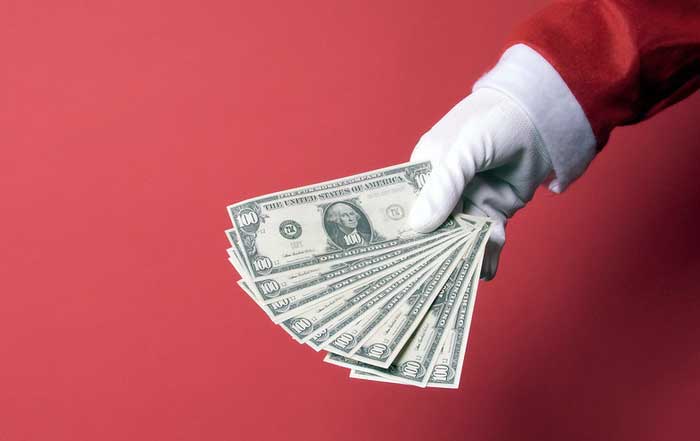The US dollar is known worldwide as the most valuable currency for carrying out business transactions. Despite ups and downs, a stable currency can, over time, retain its purchasing power, and the US Dollar is no different. Certainly, the dollar is one of the most frequently used currencies globally; it accounts for over 85% of the world's business transactions. Further, the dollar has been able to stand the test of time regarding other leading currencies such as the Euro, the Sterling Pound, and the Yen.
Statistics show the US Dollar made a significant jump on the stability index in the past year alone, and this is because of how stable the dollar has continued to be. Further, many countries use the dollar as their official currency. These include countries like Panama. In addition to the US economy's strength, "size" is a primary factor contributing to this stability. The US economy is the biggest globally, with a Gross domestic product of over $20 trillion. The dollar's strength continues to rise since it funds the vast US economy.
Think of it: The International Monetary Bank (IMF) is a financial institution that improves its member countries' economies. According to the organization, over 60% of foreign banks' reserve cash is in Dollars. Further, many loans which are provided to countries all over the world exist in dollars. This preference of transacting using the dollar makes the currency quite stable; its value is always increasing from a financial perspective.
Generally, banking institutions significantly contribute to the dollar's stability. Further, banks' interest rates (Federal funds rate) have a ripple effect on the economy's interest rates. These high rates make the dollar stable as the value of the dollar rises progressively. Also, foreign investors usually seek to put their capital into the economy; they want higher returns on bonds and investments.
The sale of these investments will always make the dollar's exchange rate soar hence boosting its stability. Because of the financial crisis of 2008, the Federal Reserve raised the federal funds rate. This rate rise resulted in a shortage of money supply in the larger economy. Ultimately, the dollar became more stable. Borrowing the dollar became more expensive as its value had significantly risen.
Certainly, inflation levels in the US also contribute to the dollar's stability. If there are high inflation levels in the country, people spend more, resulting in higher prices for goods and services. Notably, investors with bonds will get higher fixed returns during high inflation levels, hence the dollar's stability. Inversely, low inflation levels indicate a weak economy and a weak Dollar, as people's purchasing power falls dramatically.
The US Department of Treasury manages treasury notes sold to investors at fixed interest rates from time to time. These notes affect the dollar's strength and its overall stability. High demand for these notes prompts investors to pay more for the notes than their original face value, resulting in a lower yield for the investors and vice versa. A high yield indicates the dollar is in low demand and hence its diminished strength. For instance, in 2016, the dollar strengthened as treasury notes yield fell to 2.4%. This indicated that the dollar was relatively stable at the time.
Many countries worldwide have foreign cash reserves in Dollars. These countries' exports enable them to hoard more dollars when they get paid in dollars for exports. Countries like Japan and China are fond of this hoarding, enabling their currencies' value to remain lower. However, the rise of the dollar makes these reserves' value rise, prompting these countries to acquire more dollar currencies in the form of imports. This makes the dollar's value rise and hence its overall stability.
Finally, the financial markets are another reason why the dollar continues to be stable. In many foreign exchange markets, over 80% of the trade involves using the dollar. Further, being the most significant financial market globally, the dollar’s preference has made its value rise consistently. In turn, this has made the currency more stable. Ultimately, the dollar is the most traded currency pair in the market; many traders pair the dollar with other currencies when carrying out their trade. This preference certainly contributes to the dollar's admirable stability and fortitude.

